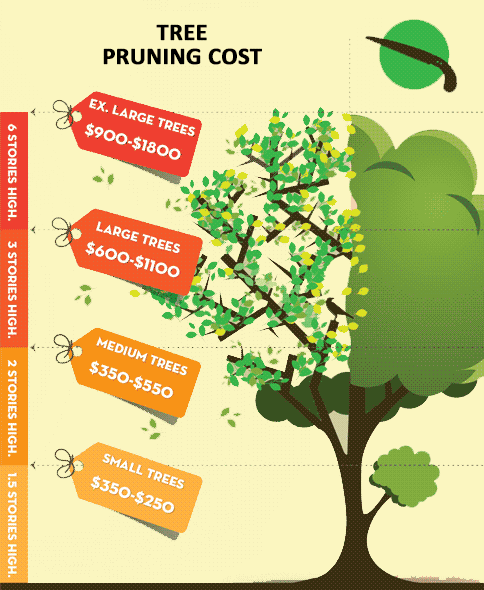Indications Showing The Requirement For Tree Removal: Identifying Risky Trees
Indications Showing The Requirement For Tree Removal: Identifying Risky Trees
Blog Article
Produced By-Winther Enemark
When it comes to tree treatment, recognizing the signs that it's time for removal is crucial for your safety and home. You may see stained fallen leaves, wilting branches, or weird fungal developments showing illness. Architectural concerns, like a considerable lean or fractures in the trunk, can likewise pose risks. Recognizing these warning signs can help you make informed decisions concerning your trees and prevent potential dangers prowling in your backyard. What should When And How To Prune Fruit Trees seek next?
Indications of Decay and Disease
When you see indicators of decay and condition in your trees, it's important to act quickly. Try to find blemished fallen leaves, wilting branches, or unusual developments like fungus. These can suggest that your tree is having a hard time.
If you see cracks in the bark or soft, mushy wood, these signs and symptoms recommend internal decay. Furthermore, a sudden boost in pests around your tree can indicate that it's compromised and vulnerable.
Check for Average Cost Of Tree Removal of dead or passing away arm or legs, as they position a danger to your home and safety and security. If you're uncertain regarding what you see, getting in touch with an arborist can provide clarity.
Addressing these indications early can save you from extra extensive damage and guarantee the health and wellness of your lawn. Do not wait up until it's far too late.
Structural Instability and Leaning
As you observe your trees, keep an eye out for any indicators of architectural instability or leaning. If a tree leans dramatically, it may show that the root system is endangered.
Seek any splits in the trunk or soil around the base; these can indicate potential failing. Additionally, check for unusual development patterns, like an uneven crown, which may suggest that the tree is battling to hold itself upright.
If you observe that the tree leans toward your home, high-voltage line, or various other frameworks, it poses a better danger. Don't ignore these indicators-- speak with an arborist to assess the situation.
Doing something about it early can avoid expensive damage and guarantee your safety and security.
Dead or Dying Branches and Foliage
If you notice dead or passing away branches and vegetation on your tree, it's a clear indication that something's wrong.
These harmful areas can suggest underlying problems like illness, pest infestations, or ecological anxiety. When branches lose their leaves or transform brownish, they're no more adding to the tree's health. Disregarding these indicators could lead to additional decrease, making your tree more dangerous.
Dead branches can quickly break off during storms, posturing a danger to home and individuals close by. It's critical to assess the extent of the damages.
If find out this here influences a significant part of the tree, consider seeking advice from an expert. They can assist figure out if removal is essential to ensure safety and security and preserve the charm of your landscape.
Final thought
If you notice any type of signs of decay, structural instability, or dead branches on your trees, do not disregard them. These indications can present major safety and security threats to you and your residential property. It's constantly best to get in touch with a specialist arborist who can provide a specialist evaluation of your trees. Doing something about it early can stop mishaps and expensive damages, ensuring your landscape stays risk-free and healthy. Keep in mind, it's much better to be positive about tree care than to wait for a catastrophe to occur.
